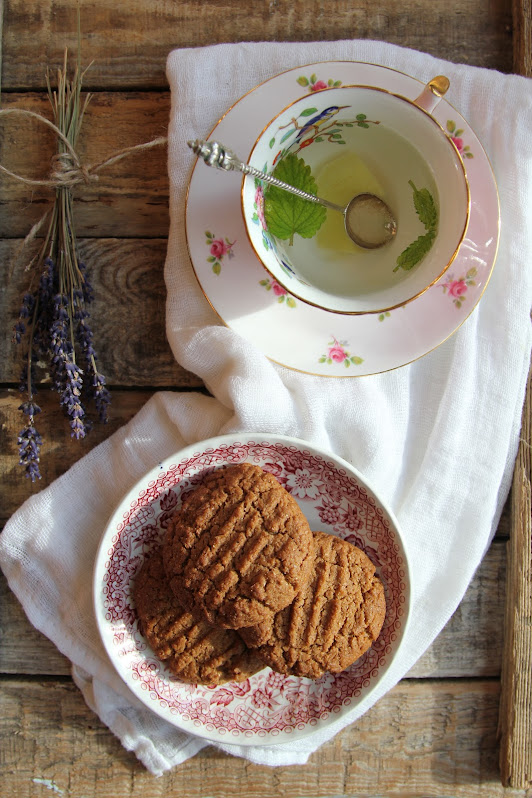To anyone who has not been pregnant - or lived with someone who has been pregnant - I have to tell you that the term 'morning sickness' really is somewhat misguiding. It would have one imagining that this pregnancy-associated sickness is isolated to the mornings, however it is anything but. About 80% of all pregnant ladies complain of morning sickness and for most ladies this nausea lingers the whole day long, and not until the fourteenth week of pregnancy does this queasiness actually lift. The constant pang of nausea is unsettling and if you add vomiting to the equation day-to-day life is simply exhausting. The most likely cause of morning sickness is the body reacting to the pregnancy hormone, human chorionic gonadotropin (hCG). This is the hormone that is detected on a pregnancy test. Some woman experience a more severe form of morning sickness, called hyperemesis gravidarum, where it's challenging to even ingest a glass of water without being sick. This is a completely crippling condition and can often require a stint in hospital to treat.
It's a challenge to eat when struck with nausea, but an empty stomach advocates a queasy tummy, so it's vital to try and tolerate some food. It's best to adopt the policy of grazing on small amounts of bland food during the day, such as porridge, toast, bananas, scrambled eggs or mashed potatoes. Nibbling on some dry biscuits or crackers just before getting up in the morning can help to somewhat ease early morning nausea. Foods which may encourage nausea include fried, fatty foods, and ones that are highly spiced, so these are best avoided. The heightened sense of smell, which accompanies most pregnancies, can also increase bouts of nausea. Every pregnancy is different, so keep a diary of the foods and smells that trigger the nausea and until this stint of sickness has eased try to avoid them, but when avoidance isn't an option stay in well-ventilated rooms.
At a time when it's most difficult to tolerate food, it is crucial to maintain a good hydration level. For optimal health, hydration is important for us all, but certainly when pregnant the more dehydrated you are the more likely you are to be nauseated. As well as sipping on water throughout the day, introduce other ways to increase fluid intake, such as sucking on ice cubes, eating fruit, vegetables and low salt soups.
When you're overcome with nausea and that intense tiredness, which most pregnant ladies experience, be kind to yourself, take any help that's offered and rest. Nausea can be worse when tired so if you're feeling a little lethargic, listen to your body and take a break. During your pregnancy the tiredness and nausea can often be a signal to slow down. After-all, your body is going through a dramatic change with a little person being created from a combination of cells, so it's important to conserve what energy you can. Rest, whenever possible, take plenty of fluids, ask for help from loved ones, and always inform your doctor or midwife of your morning sickness and any associated side effects.
Ginger has been used for centuries to ease a queasy tummy. When inflicted with nausea you may not be too inclined to whip out the mixing bowl, so pass this recipe on to your other half or anyone who's looking to give you a helping hand. Store them beside the bed, in a sealed tin, to help ease the early morning pangs of nausea. For a nice nutritional boost, I'm using sel-raising wholemeal flour, however, it can make the mixture a little extra crumbly when trying to assemble before cooking.
Ingredients
150g butter
75g soft brown sugar
2 tbsp golden syrup
275g wholemeal self-raising flour
2 tsp ground ginger
1 tsp ground cinnamon
- Preheat the oven to 180°C/fan 160°C/gas mark 4. Line two baking trays with parchment paper.
- In a medium sized saucepan, melt the butter, sugar and golden syrup over a low heat. With a wooden spoon, stir continuously until the mixture is fully melted and combined. Remove from the heat and allow to cool slightly.
- Sift the flour, ginger and cinnamon into a bowl. Add to the saucepan, stirring well to form a ball of dough.
- Once the mixture is cool enough to touch, take a spoonful, about the size of a soup spoon, from the pan and using the palm of your hands roll into a small ball and place on the prepared baking tray. Leave a little room between each biscuit as they do expand a little during baking. With a fork, gently press down on the top of each biscuit. Repeat with the remaining dough, to make approx. 12 biscuits.
- Place in the preheated oven for 12-15 minutes, until the biscuits have puffed up a little and are a delicious brown colour. Allow to cool for a few minutes on the tray before transferring to a wire tray. Once completely cooled, store in an airtight container for up to 3 days.
I also shared my recipe for Bircher Muesli in the above column, and I previously shared it here on the blog.














